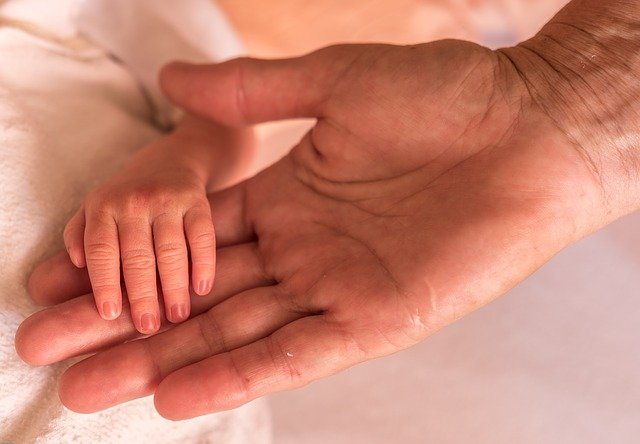Courage is a moral strength. It allows us to move forward in the face of fear, challenges and even real danger. We say that those with courage are brave. But at times it seems that we limit the definition of what it means to be brave to a narrow band of seemingly heroic acts. Courage and bravery can seem relegated to warriors and superheroes. And this is a shame, because we see acts of courage every day at school that should be recognized for what they are.
We get to know your children very well and we consider it a privilege. Beyond the fact that it brings us such joy we are also presented with a view of the enormous breadth of emotion and action that children are capable of. We see children every day that live to run faster, jump higher and push the boundaries further. They exhibit courage in a way that is immediately recognizable to all. There isn’t a moment’s hesitation when it comes to springing into action. They simply rise up in remarkable fashion to meet the next challenge. But we also see something else that is equally remarkable. We see children that are cautious at every turn when presented with something or someone new pushing their own boundaries slowly. Part of our job is to help them gather courage in a safe environment to confront these things that make them uncomfortable. And that is exactly what they do. The cautious child that learns that they can safely push boundaries grows in courage every day.
As parents you know your children best and it is likely that they fit somewhere along a spectrum between cautious observer and uninhibited explorer. Regardless of where they fall, helping children understand what is safe and what is dangerous is important. Below are some tips we can offer to help teach courage to children.
– When they act courageous, whether confronting a small fear or by doing something safe freely that others might hesitate to do, identify it and praise it. Children may not see their own courage and these are opportunities to help them discover it as well as hear your approval and encouragement.
– When they express doubt about an ability to do something, help them get a better picture of what it is they are facing and encourage them to push through (which is what courage is all about after all). If simple encouragement doesn’t work, offer to try something new with them.
– Let them know that it is okay to take a breath to gather courage. Ultimately it is the act of facing and conquering a fear that makes us courageous, not when we are able to do it. In the grand scheme of things waiting a little extra time to be able to get on the amusement park ride is irrelevant.
– Demonstrate appropriate reactions to failure. Children model behavior from adults. When we let them know that we sometimes fail and that it is an opportunity to learn rather than a source of fear that keeps us from trying again we reinforce courage.
– Talk to your kids about times you overcame fear. Knowing that someone they see as brave and heroic sometimes has fears but is still with them and has overcome the same obstacles they face is priceless. They may not respond immediately, but they will get the message.
When we let fear affect our behaviors and alter our words it spills over to our children. So beyond all of the things above it is critical that we consciously seek to understand what is a real threat versus what is really an unlikely problem in the adult world. In short, we need to be courageous ourselves and use our adult tools to help remind ourselves that we are pretty safe – and our kids are too. And that opens up a lot of opportunities to be courageous.





